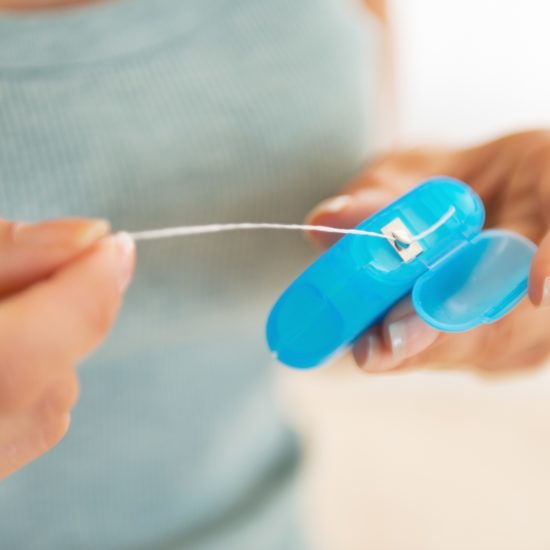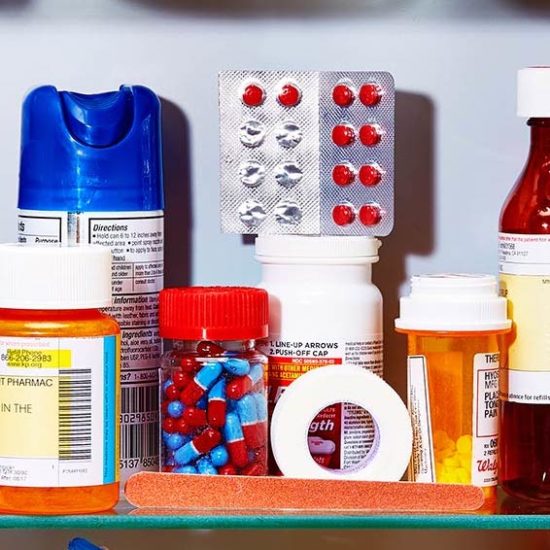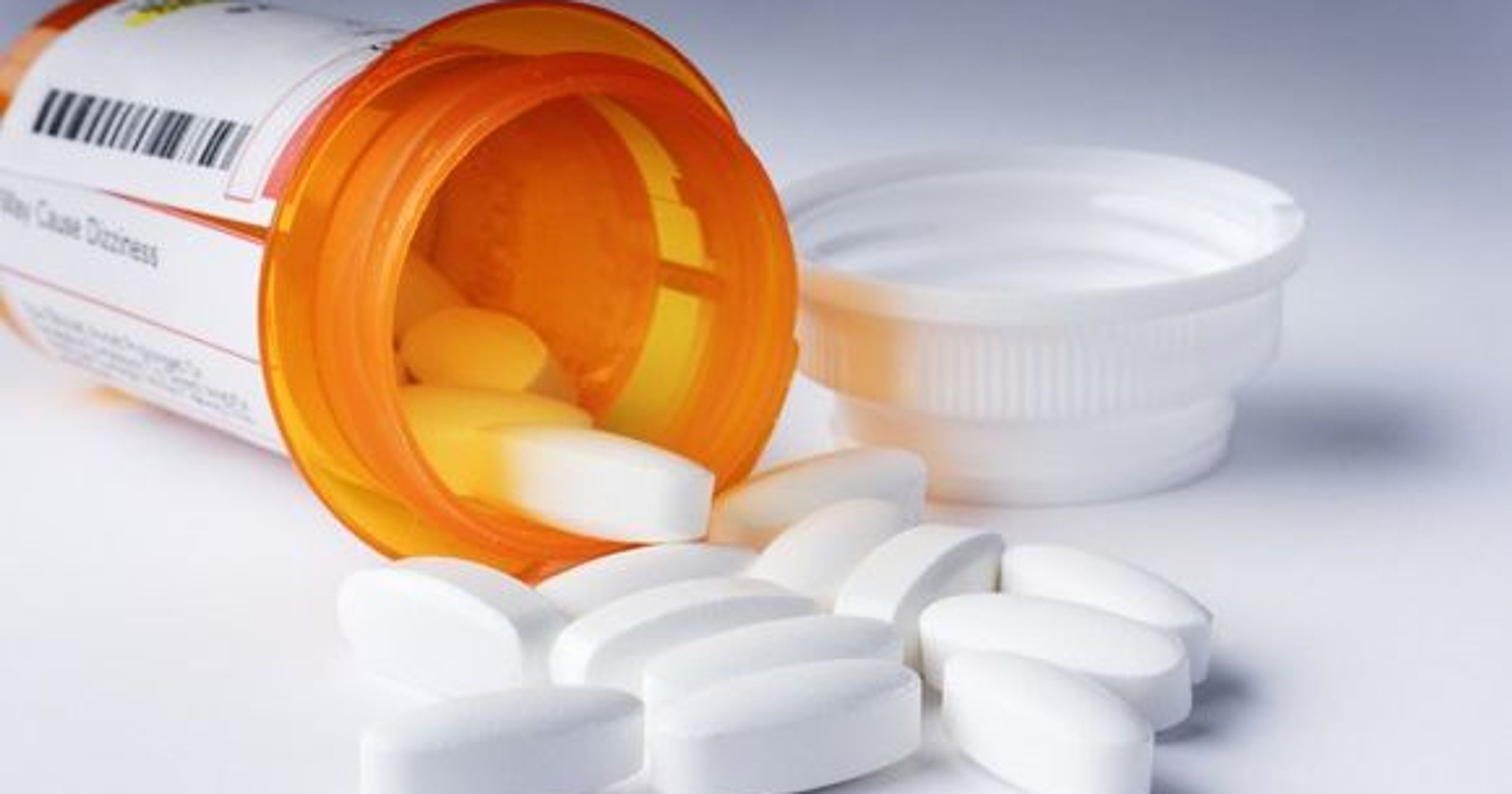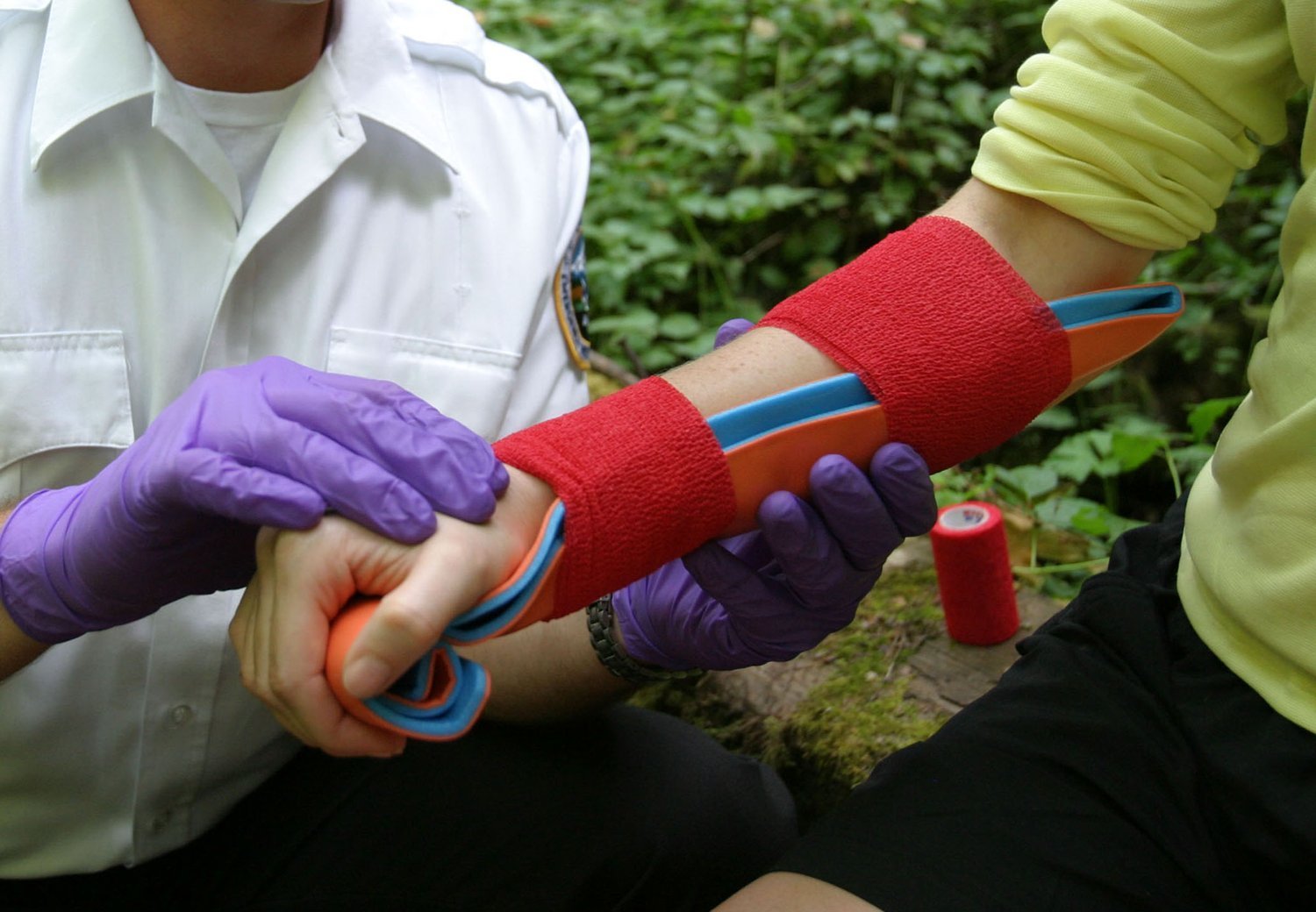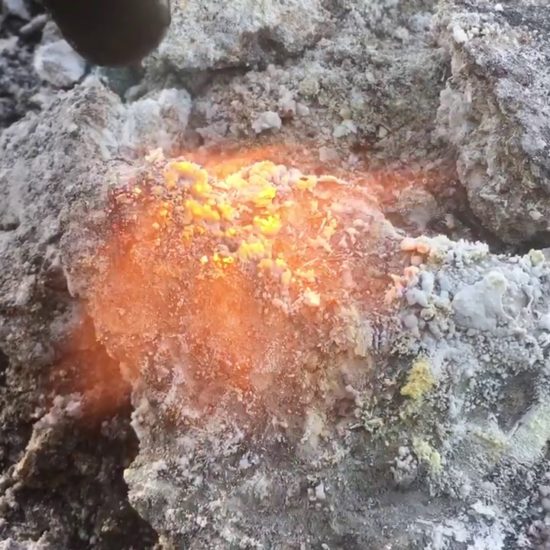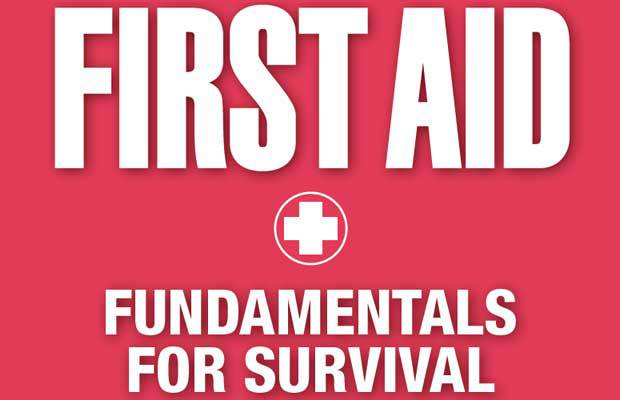
Do you have these seven basic first-aid items? Recent events reveal the importance of carrying first aid items at all times. The discussion of rendering emergency first-aid to someone often falls into the two categories of general first-aid and trauma first-aid. The U.S. Army discovered that trauma first-aid would be more common in a combat environment. Consequently, they adopted the Improved First Aid Kit (IFAK), which became known as the Individual First Aid Kit. The IFAK is essentially a trauma kit. Therefore, there are seven items to find as a foundation to build any size first aid kit from a personal kit to a group kit.
1. Tourniquet
Nearly all of the survival and preparedness experts agree that a tourniquet is a core item for any first-aid kit. A tourniquet helps stop bleeding to a severely injured extremity. However, improper application of a tourniquet can cause more injury, permanent loss of a limb, or even death under extreme circumstances. Thus, you should get certified first-aid training through the Red Cross or other authorized medical training organizations on the proper use of a tourniquet.
There are several versions and styles of the tourniquet. The tourniquet that is easy to employ is the CAT Tourniquet. CAT is an acronym that stands for Combat Application Tourniquet. These are currently in use with military and law enforcement organizations. There are other kinds of tourniquets, such as the ratchet tourniquet, the rapid application tourniquet (RAT), and the stretch-wrap-and-tuck (SWAT) tourniquet. However, whichever one that you prefer, a tourniquet should be an item in any first aid kit.
2. Cutting Device
Emergency first-aid may require cutting clothing away from an injury. Therefore, cutting is an essential task in first aid. An option for a cutting instrument is the Leatherman® Skeletool® RX. It is small enough that it will fit into most first-aid pouches on the market. However, if you cannot afford this multitool, then a quality pair of medical shears or scissors are a good option. Cutting is an essential task for rendering aid to a traumatic injury. A decent cutting instrument is helpful to enable this task. Therefore, a cutting tool of some type should be in any first-aid kit.
3. Disposable Medical Gloves
The wearing of medical gloves is vital for both the one giving first-aid and the one receiving the aid. Medical gloves help to reduce the transferring of germs into a person’s open wounds from the hands of the one rendering aid. They also reduce the risk to first-responders from absorbing blood-borne pathogens through the skin of their hands that an injured person may have in their system.
4. Self-Adhesive Bandage Wrap

Self-adhesive bandage wrap is a critical part of your first-aid considerations. The primary reason for its usefulness is that it can be applied to a wide variety of emergency medical applications. Self-adhesive bandage wrap is useful for making hasty pressure bandages, wrapping cuts with gauze, securing slings, and making slings. There is no glue-type adhesive. Therefore, these bandages work well in arid environments.
5. Quick Clot Gauze

Quick Clot is a recent development in the medical field. It officially goes by the name of hemostatic gauze. The clotting agent, Kaolin, helps to enable the blood to thicken. Therefore, it is terrific for stopping the bleeding on deep cuts, gashes, and penetration wounds to the body upon which a tourniquet is not necessary. Z-Medica is the manufacturer of Quick Clot products. Quick Clot should be part of your first-aid kit considerations.
6. Disposable Medical Face Mask

Many airborne contaminants and pathogens are floating in the air. We breathe them in and exhale them out every day. A medical mask should be part of your baseline considerations when building any first-aid kit. These masks do for the respiratory system that the medical gloves do for the hands. They help reduce the risk of breathing out germs into the open wounds of a person or breathing them in if the patient has an illness. Some types of medical masks have a clear plastic shield attached to prevent blood-borne pathogens from entering the body through the eyes. Therefore, a disposable medical face mask should be part of your first-aid kit loadout.
7. Israeli Compression Bandage

Bandages have been part of first-aid kits since their development. The military understands that the availability of bandages is a matter of life and death for the battlefield wounded. The increase in adverse situations in our contemporary era calls for the availability of bandages in everyday life. Consequently, an essential kind of dressing is the pressure bandage. A person knowing how to apply a pressure bandage to a severe bleeding injury efficiently is a critical task to master.
The best compression bandages on the market are the Israeli Compression Bandages. They are effective and easy to apply to an injury. The older, Vietnam era, pressure bandages were useful but could be cumbersome to use in a stressful situation because of the way they had to be wrapped and secured. Thus, you should consider keeping an Israeli Compression Bandage in all of your first-aid kits. Furthermore, you should always get first-aid training from a reputable organization, such as the Red Cross, before attempting to apply any pressure bandage.
Final Thoughts
First-aid kits are becoming an essential element to possess in the lives of everyday people. The rise in violent criminal activity in our nation has made people more aware of the necessity of keeping first-aid kits available. The seven items in the above discussion should be the foundation upon which to build your own first-aid kit. You need to get certified first-aid training through a reputable source before attempting to render any kind of medical aid to someone. The only exception should be those already well-rehearsed in giving first-aid to someone, such as military personnel, combat veterans, medical and law enforcement personnel. Once you receive training in first-aid, build your kit, then, keep it handy and ready for use.
The post Do You Have These Seven Basic First-Aid Items? appeared first on SIGMA 3 Survival School.
Other self-sufficiency and preparedness solutions recommended for you:
Healthy Soil + Healthy Plants = Healthy You
The vital self-sufficiency lessons our great grand-fathers left us
Knowledge to survive any medical crisis situation
Liberal’s hidden agenda: more than just your guns
Build yourself the only unlimited water source you’ll ever need
4 Important Forgotten Skills used by our Ancestors that can help you in any crisis


















